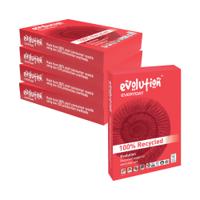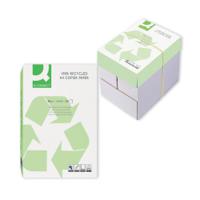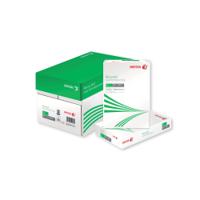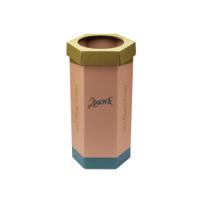
10-Step Guide to How Office Paper is Recycled
Recycling office paper is a great way to reduce your environmental impact. When you recycle paper, you help to save trees, water, and energy. You also help to reduce greenhouse gas emissions and air pollution.
Here is a 10-step guide to how office paper is recycled in the UK:
- Collect the used office paper. This can be done by placing recycling bins in convenient locations throughout the office.
- Sort the paper by type. This includes white paper, coloured paper, and cardboard.
- Remove any staples, clips, or other bindings. This is important because these contaminants can damage the recycling equipment.
- Shred the paper into small pieces. This helps to break down the fibres and makes it easier for the paper to be recycled.
- Mix the shredded paper with water to create a pulp. This pulp is then transported to a paper mill.
- Heat the pulp to remove any impurities. This includes ink, staples, and other contaminants.
- Add bleach or other chemicals to whiten the pulp. This is an optional step, but it is often done to produce bright white paper.
- Roll the pulp into sheets of paper. This is done using a large machine called a paper machine.
- Cut the paper to size. This is done using a variety of cutting machines.
- Package the paper for sale or use. The paper is then packaged and shipped to businesses and consumers.
Additional tips:
- Encourage your colleagues to recycle paper at work. You can do this by putting up posters, sending out emails, or simply talking to your colleagues about the importance of recycling.
- Choose recycled paper products whenever possible. Recycled paper is just as good as virgin paper, and it is better for the environment.
- Reduce your paper consumption by printing only what you need and using double-sided printing whenever possible.
By following these tips, you can help to make your office more sustainable and reduce your environmental impact.













.jpg)

.jpg)




